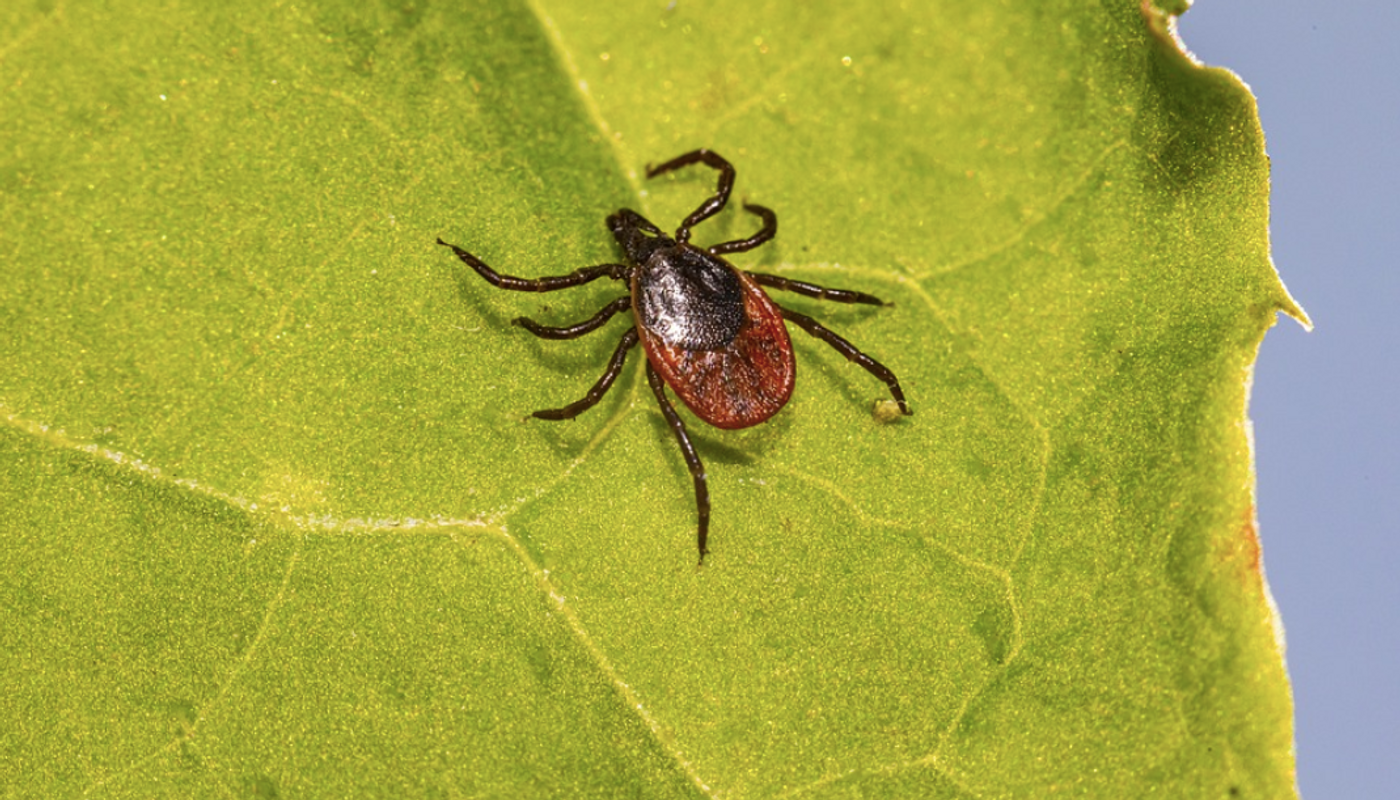Do Genetic Differences in Lyme Pathogens Explain Symptom Diversity?
According to the Centers for Disease Control and Prevention (CDC), Lyme disease is the most common illness in the United States that is transmitted by a vector, which are ticks in this case. Although a bull's eye rash around the site of infection is a common hallmark of the disease, the rash does not always appear. Symptoms can also vary from one person to another. The illness tends to manifest at first with nonspecific symptoms like chills, headache, fatigue, fever, and muscle and joint pain. If the disease is untreated, other problems can emerge like severe pain or stiffness, swelling in the eyelids, more skin rashes, or numbness or weakness in the hands of feet. Arthritis or vision problems may develop in the third stage of the disease. The stages can also overlap.
Now researchers have gained some insight into why Lyme disease can lead to different problems in different people. They sequenced the genomes of pathogenic bacteria that cause Lyme, Borrelia burgdorferi, which had been isolated from almost 300 patients. Reporting in PLOS Pathogens, this work suggested that different strains of Borrelia burgdorferi may be causing the differences in symptoms.
After sequencing the genomes of the different bacterial isolates, the investigators linked each genome with the symptoms that the infected patient experienced. The team connected different symptoms with different genomes.
This work revealed genetic changes that appear more frequently in bacteria that lead to more severe infections. There were also changes in bacterial proteins that are generated by various strains of B. burgdorferi. These differences were found to be more common in proteins on the surfaces of bacteria that were able to migrate to new parts of their human host. Cases of Lyme disease that are more severe have been associated with bacteria that are able to migrate through the human host. These mobile microbes are able to use the bloodstream to enter the nervous system and joints and cause more health problems.
The investigators are hopeful that this study will open up new avenues in our understanding of Lyme disease and how to treat these infections, which can persist in some people for years.
Sources: CDC, PLOS Pathogens









